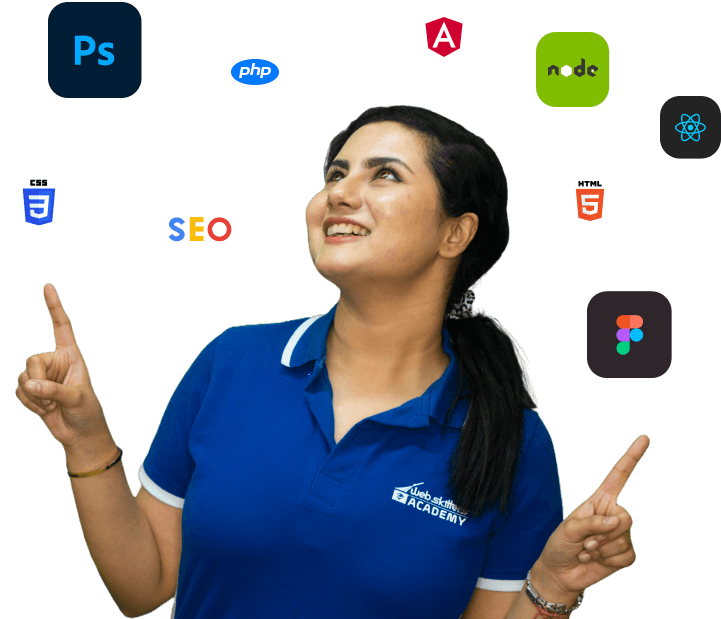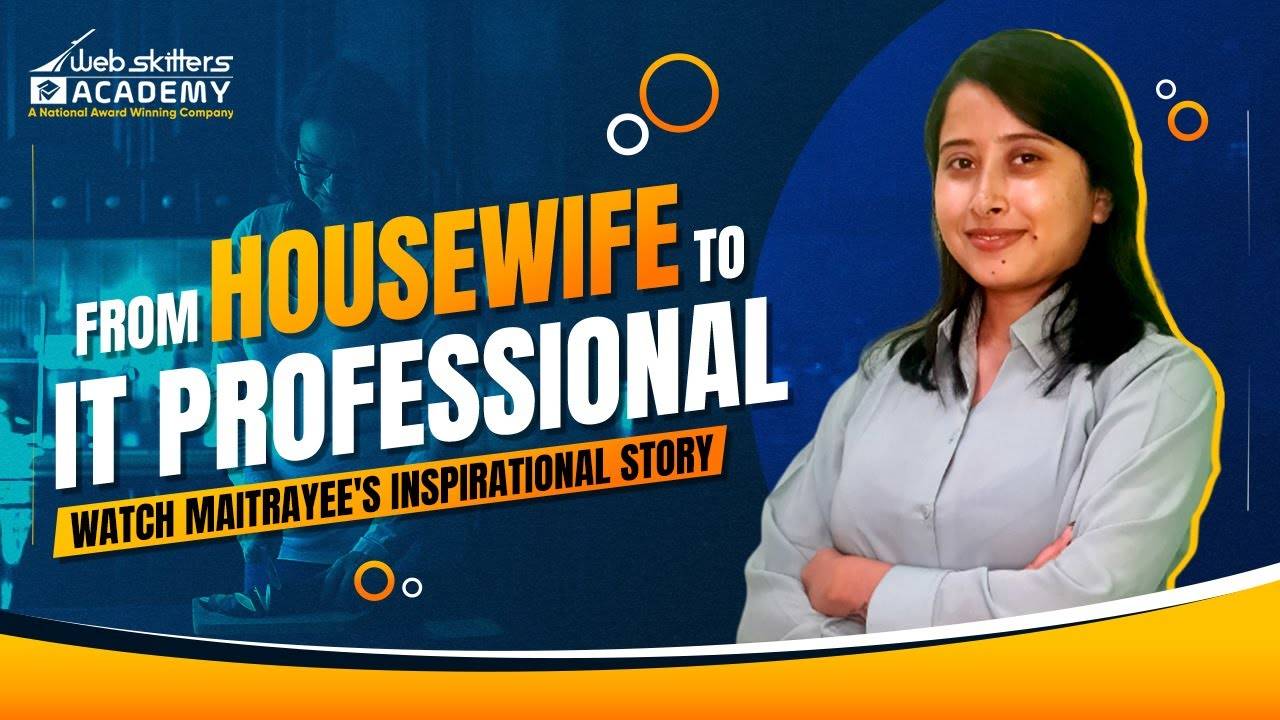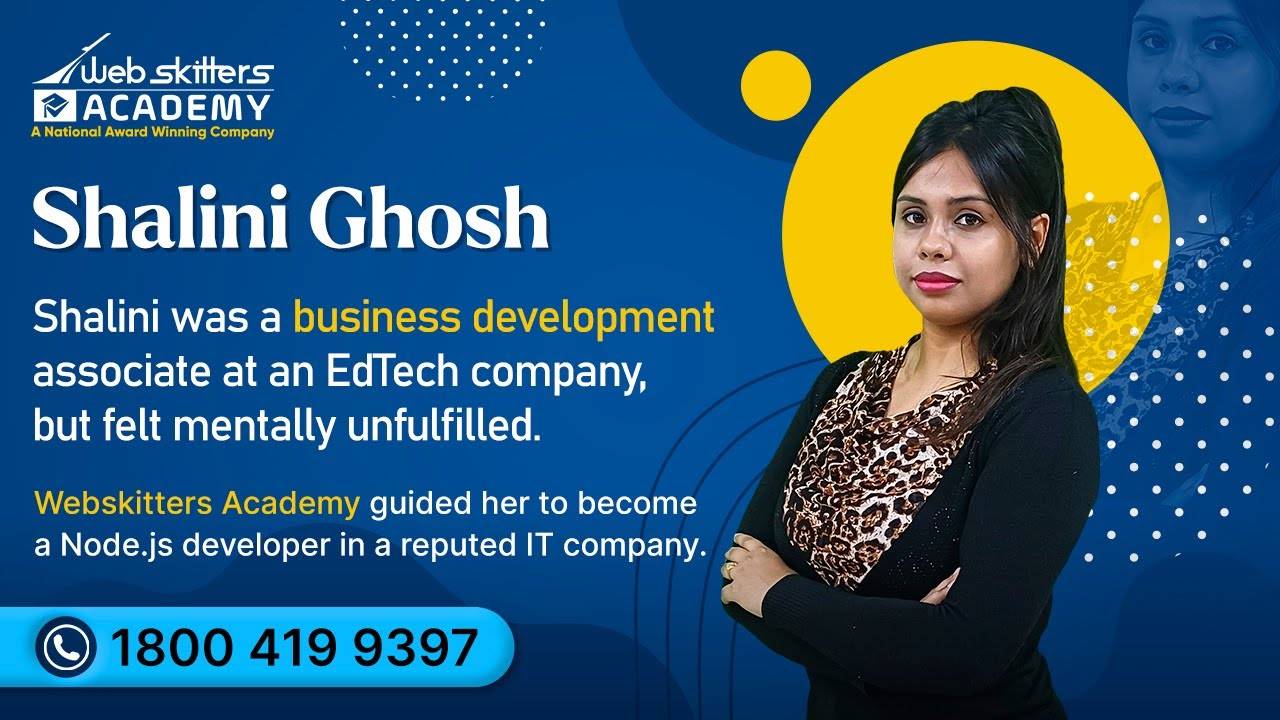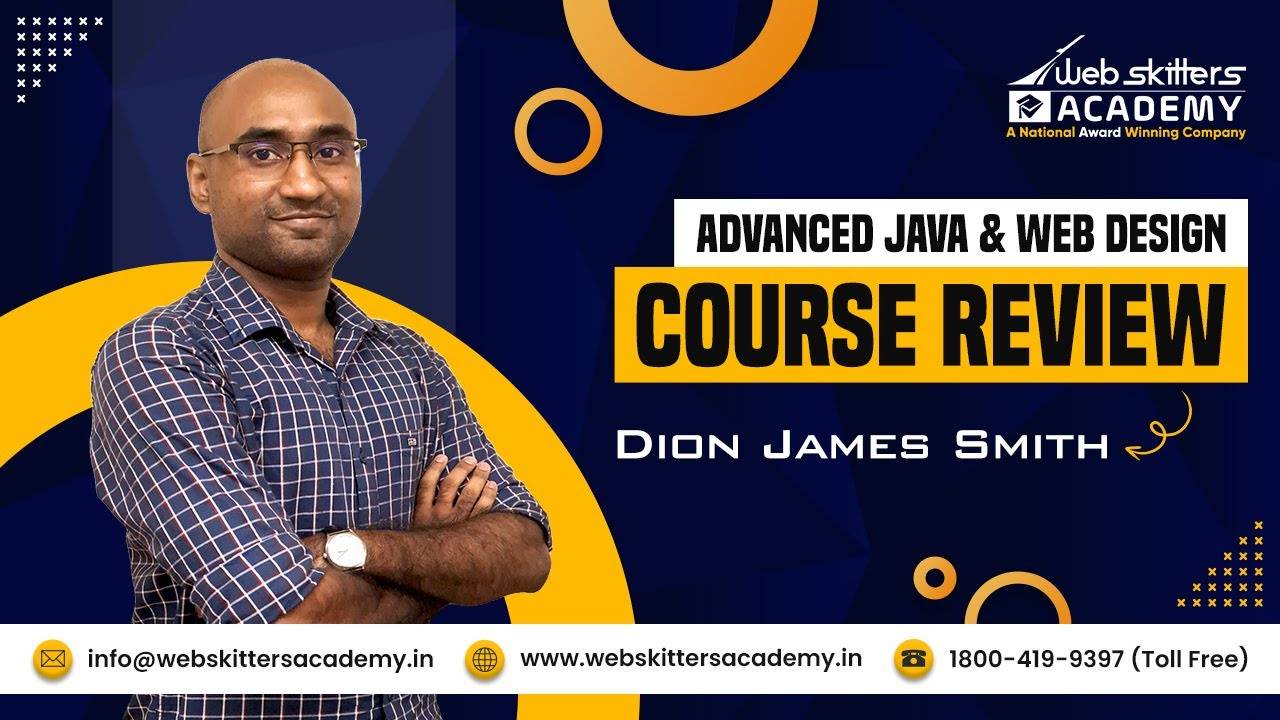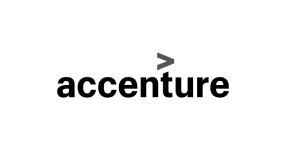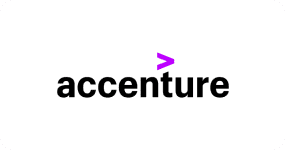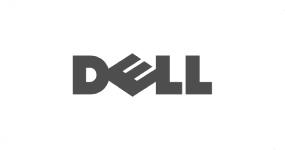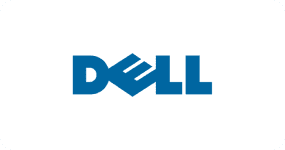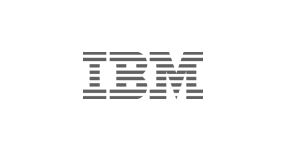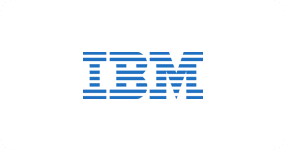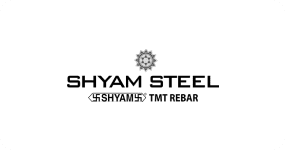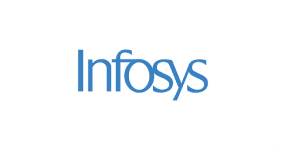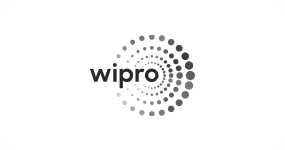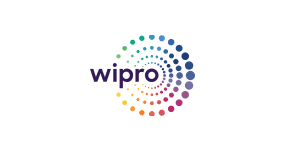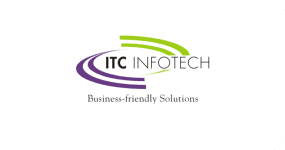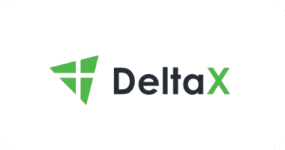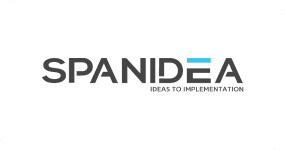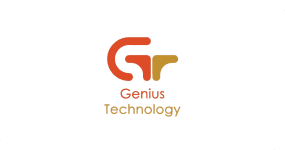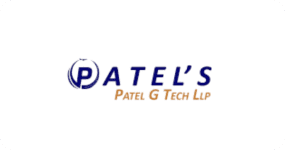Our IT Courses
Skill up with new IT courses training or improve your technical knowledge with the best IT courses in Kolkata offered by Webskitters Academy. Industry-leading courses developed with expertise and experience to help learners stay ahead in technological innovation. Choosing the best IT job-oriented courses and pre-placement training courses helps you find that dream job and navigate better in a competitive work environment.
- Price
- Duration

5.0 (300 Reviews)
4 months
Web Design & UI/UX Design with Graphics with AI
Stand out in the competitive job market and become a top-tier graphics designer with our Web Design with AI, UI/UX Design Course with Graphics in Kolkata.




- 455+

5.0 (155 Reviews)
4 months
HTML Front End Development Course
Take your web development skills to the next level with our HTML Front-End development course in Kolkata with Webskitters Academy.




- 248+

5.0 (210 Reviews)
5 to 6 months
Digital Marketing Course with AI
Kickstart a digital career with our professional Digital Marketing Course with AI in Kolkata and master the skills to thrive in today’s competitive industry.




- 340+
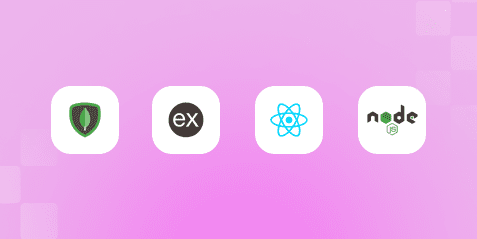
5.0 (130 Reviews)
6 months
MERN Stack Development Course
Enrol in Kolkata's best MERN Stack development course and learn from the top-rated professional for a lucrative career graph.




- 210+
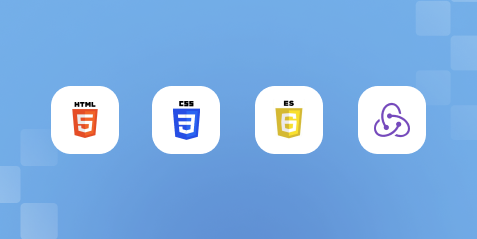
4.9 (57 Reviews)
4 months
React JS Course
Get in-depth React JS training with our carefully curated module, and learn from practical knowledge disseminated by industry experts.




- 94+
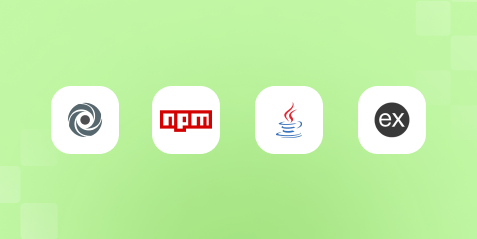
5.0 (50 Reviews)
3 to 4 months
Node JS Course
Master Node JS and build a successful career as a proficient developer Node developer in India with professional guidance from Webskitters Academy.




- 75+
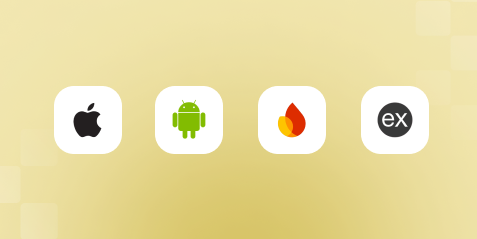
5.0 (130 Reviews)
5 months
React Native Course with AI
Learn the basics of React Native and explore the advanced capabilities to create native applications for the modern digital market from certified experts.




- 178+
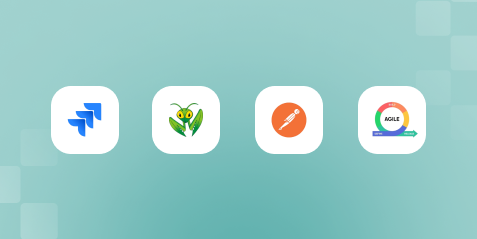
5.0 (102 Reviews)
9 months
Software Testing Course
Explore our software testing course in Kolkata and master the modern methodologies and best practices for an elevated career path.




- 144+
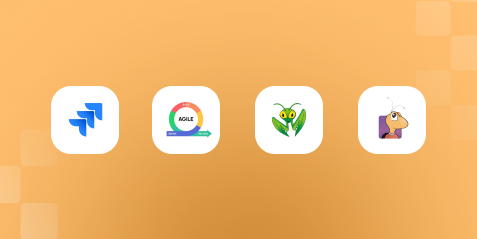
5.0 (90 Reviews)
3 months
Manual Testing Course
Learn the intricacies of manual testing with our comprehensive course and take a lead role in the competitive job market with Webskitters Academy.




- 110+
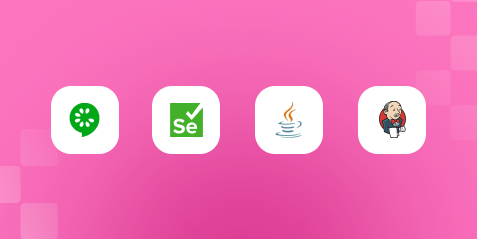
4.9 (30 Reviews)
6 months
Automation Testing Course with AI
Explore the integrated automation testing course and learn from the industry-leading Selenium experts at Webskitters Academy.




- 68+
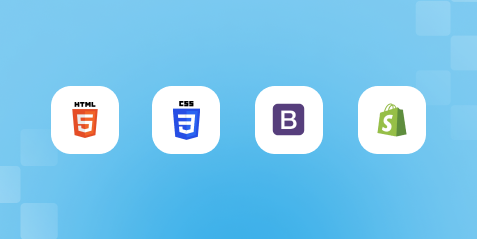
5.0 (52 Reviews)
6 months
Shopify Course with HTML Development
Our Shopify HTML development course helps you master theme development and store management techniques under certified mentors in Kolkata.




- 76+
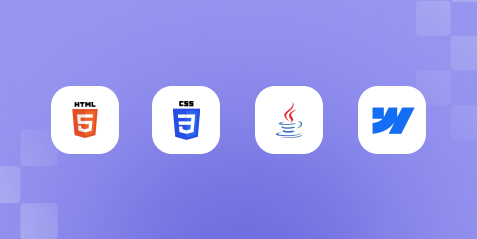
5.0 (45 Reviews)
6 months
HTML Development with Webflow
Avail the best HTML development with Webflow course in Kolkata, designed by experts, for an advanced learning program and excel in web design.




- 58+
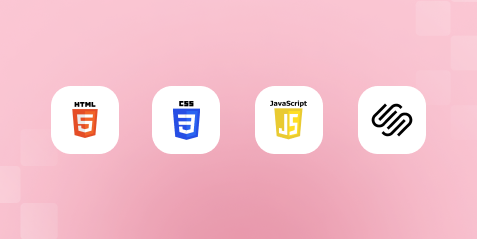
4.9 (44 Reviews)
6 months
HTML Front-End Development with Squarespace Course
Access top-notch HTML development with Squarespace Course in Kolkata and learn how to build stunning and responsive websites.




- 62+
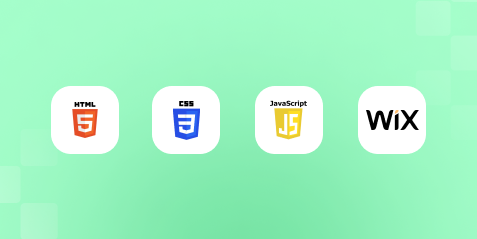
5.0 (56 Reviews)
6 months
HTML Front-End Development Course with Wix
Gain hands-on experience with HTML, Wix design tools, and advanced web techniques to easily create stunning websites at Webskitters Academy.




- 88+
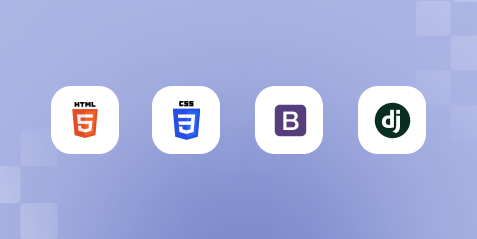
4.9 (62 Reviews)
5 - 6 months
Python and Django Framework Course with AI
Master the Python and Django Frameworks with AI, as well as the basics of fundamental concepts, programming techniques, and user interaction.




- 70+
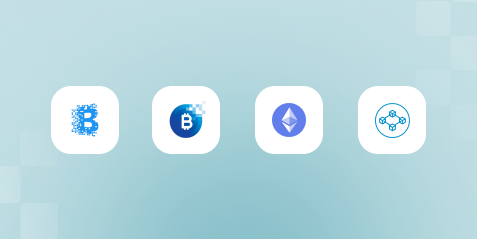
5.0 (35 Reviews)
5-6 months
Blockchain Course
Get advanced Blockchain training in Kolkata under industry professionals and master the intricacies of Distributed Ledger Technology.




- 50+
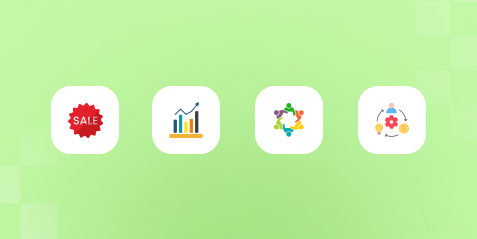
4.8 (66 Reviews)
5 months
Business Development Executive Course
The Business Development Course offers first-class professional training that prepares you for the cutthroat and contemporary market.




- 98+
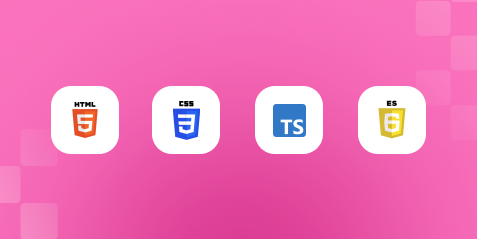
5.0 (122 Reviews)
4 months
AngularJS Development Course
Join the certified Angular course and get the upper hand in your Angular skills to land a lucrative opportunity in the IT market.




- 167+
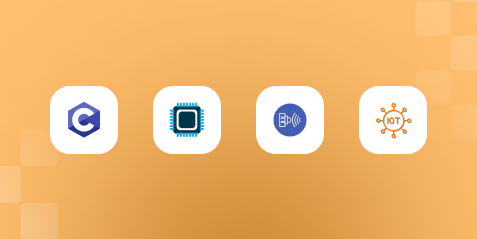
4.8 (35 Reviews)
6 months
Automation & Planning Course
Grab the experts' professional Automation & Planning training and develop your opportunity for a remarkable career.




- 60+
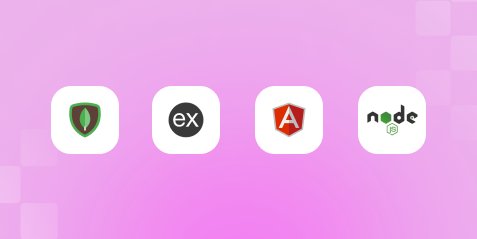
5.0 ( 120 Reviews)
6 months
MEAN Stack Development Course
Become a proficient full-stack developer with our MEAN Stack development course and build professionally brilliant dynamic websites.




- 155+
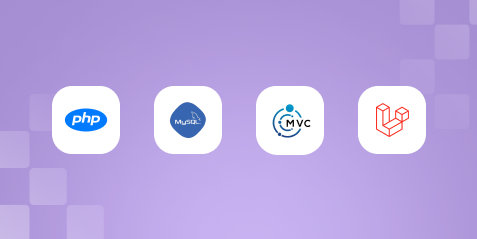
4.9 (25 Reviews)
3 - 4 months
Professional Laravel with API Course
Join the best API development training in Kolkata, available at Webskitters Academy, and enhance your opportunity to become a professional Laravel expert.




- 65+
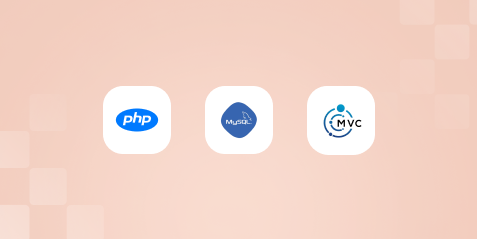
5.0 (105 Reviews)
4 months
Advanced PHP and MVC (Laravel) Course with AI
At Webskitters Academy, we offer the best-rated Advanced PHP and MVC (Laravel) courses in Kolkata and get trained by industry experts.




- 185+
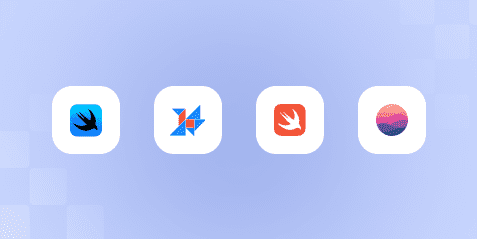
4.9 (50 Reviews)
6 months
IOS App Development with Swift Course
Learn iOS app development and Swift programming at affordable fees and access the varied opportunities in the job market.




- 90+
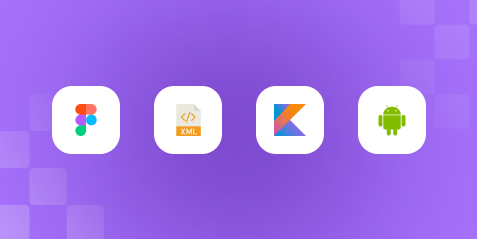
5.0 (50 Reviews)
4 months
Android App Development Using Kotlin with AI
Access the top-notch Android App Development with Kotlin online course in Kolkata and confidently navigate the job market.




- 95+
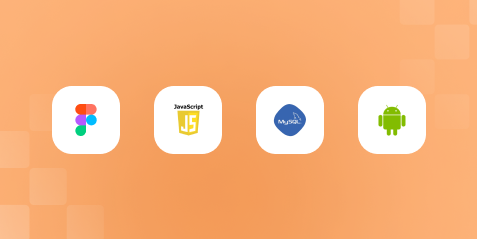
4.9 (95 Reviews)
4 months
Android App Development Using Core Java
Master the powerful open-source operating system with tremendous features and become a certified Java Android Development developer.




- 135+
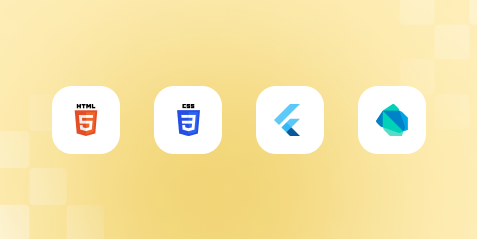
4.8 (35 Reviews)
5 months
Flutter with Dart Course with AI
Learn Flutter and Dart from scratch and master the step-by-step development processes to navigate the job market with confidence.




- 55+
- Price
- Duration
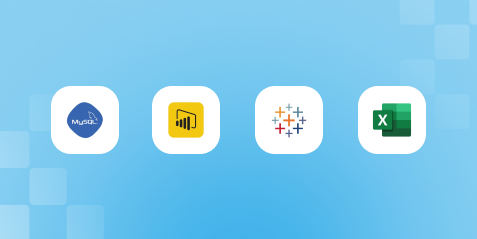
5.0 (52 Reviews)
5 to 6 months
Data Analytics Course
Get hired as a seasoned Data Analytics professional with extensive command of analytical tools with our certified learning program.




- 75+
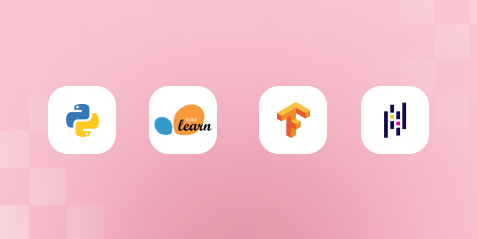
5.0 (30 Reviews)
8 months
Data Science Course with AI
Enrol in the best Data Science Course and immersive learning through capstone projects and expert guidance at Webskitters Academy.




- 36+
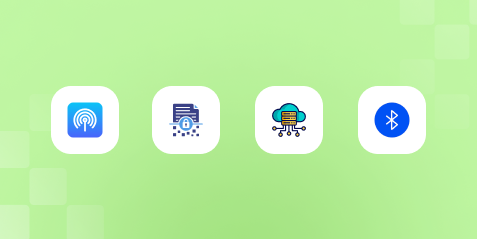
5.0 (38 Reviews)
6 months
System Administration Course
Learn the complexities of hardware troubleshooting with a structured System Administration Course at Webskitters Academy under certified mentors.




- 40+
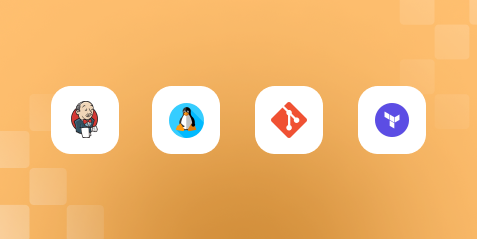
5.0 (36 Reviews)
5 to 6 months
DevOps Course with AI
Master DevOps software development methodologies in Kolkata under seasoned tutors and get hired by esteemed organisations.




- 41+
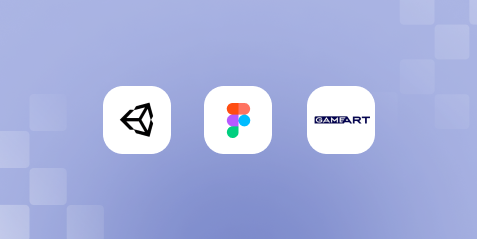
5.0 (200 Reviews)
5 to 6 months
Unity 3D Game Designing
Step into the art of game design with our exclusive Unity 3D game design program and seize lucrative market opportunities.




- 240+

5.0 (250 Reviews)
5 to 6 months
Unity 3D Game Development Course
Receive in-depth Unity 3D game development training with experienced professionals having vast knowledge and enjoy the technical kickstart.




- 320+
- Price
- Duration
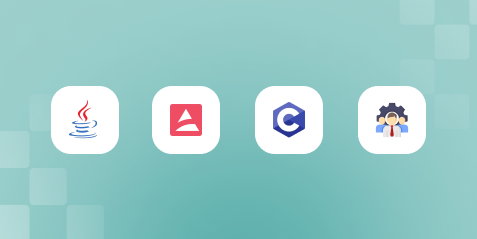
4.9 (30 Reviews)
6 months
C & DS, JAVA, Aptitude, Group Discussion, and HR Course
Enhance your skills and gain a detailed understanding of C DS and JAVA, along with competency in aptitude tests and HR sessions.




- 42+
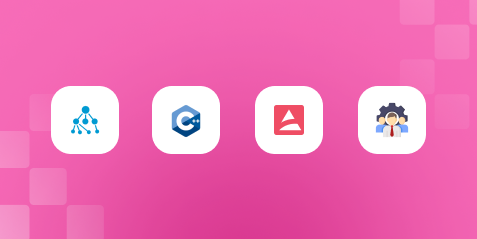
5.0 (35 Reviews)
6 months
C & Data Structure, C++, Aptitude, Group Discussion and HR
Join our C & Data Structure, C++, Aptitude, Group Discussion and HR courses and upgrade your technical skills under experts.




- 48+
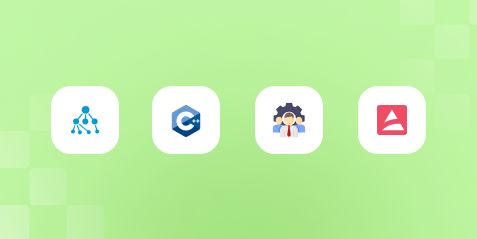
4.9 (35 Reviews)
3 months
C & Data Structure, C++, Aptitude, Group Discussion, and HR
Access the best range of professional training with our comprehensive C & Data Structure, C++, Aptitude, Group Discussion and HR courses.




- 40+
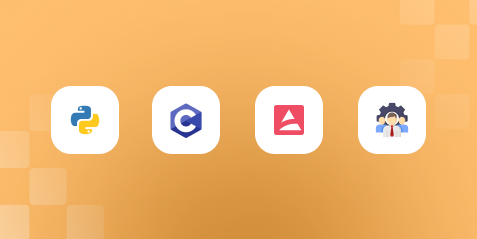
5.0 (40 Reviews)
3 months
C & Data Structure, Python, Aptitude, Group Discussion and HR
Strengthen your fundamentals and help you develop your soft skills with our comprehensive C & Data Structure, Python course.




- 45+
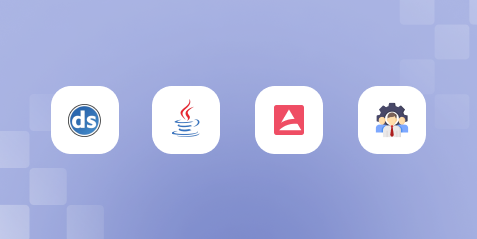
4.9 (46 Reviews)
3 months
C & DS, JAVA, Aptitude, Group Discussion, and HR Course
Join our top-notch training to enhance your skills in C & DS, JAVA, Aptitude, Group Discussion and HR and secure a promising opportunity in the market.




- 65+
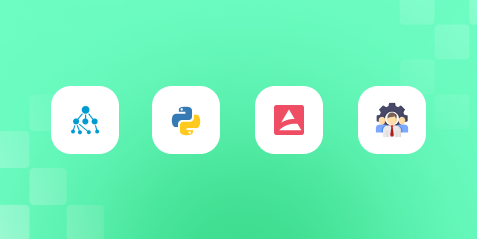
5.0 (50 Reviews)
6 months
C & Data Structure, Python, Aptitude, Group Discussion, and HR
Join our pre-placement C & Data Structure, Python combo course and gain proficiency in cracking the technical and HR rounds.




- 105+
What Students are Saying
Are you planning on enrolling in the best-rated job-oriented courses in Kolkata? Webskitters Academy offers lucrative opportunities and has placed 3200+ students.

What Our Recruiters are Saying
Over the years, we have established a fruitful network with 300+ IT companies and MNCs, and they have numerous positive reviews to contribute.
View more
